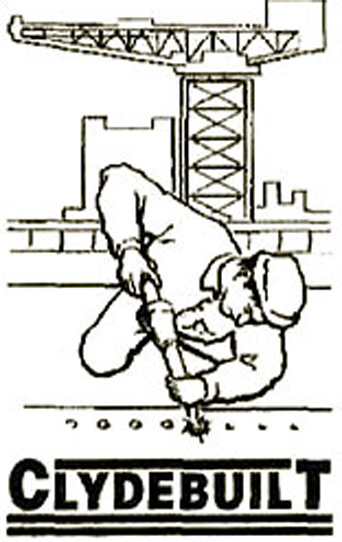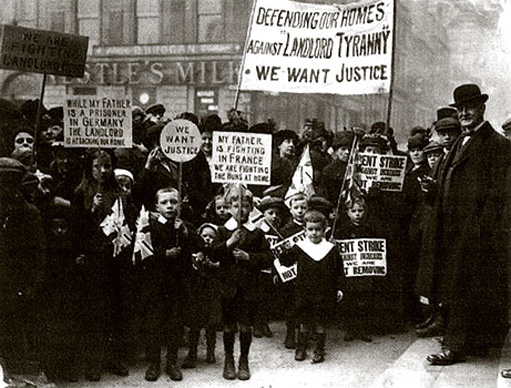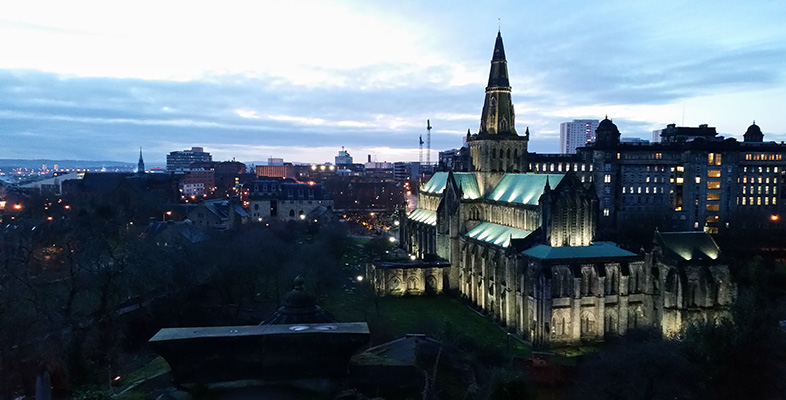1.2 The hard side of Glasgow
Prior to its currently projected image of dynamism, Glasgow was regarded as the place which best illustrated all that was wrong with the modern industrial city: ‘Once called the “second city of the British Empire” because of its size and industrial might, Glasgow had sunk so low that even the locals disdained it’ (Bryson, 1989).

Glasgow's industrial base was laid during the latter half of the nineteenth century when the city became a prominent industrial centre. The idea of ‘Clydebuilt’ serves to illustrate the importance of the city in equipping not only Britain itself, but also the far-flung reaches of the Empire with the ships, locomotives and heavy engineering commodities necessary to fuel economic expansion. Crucially, then, Glasgow's (‘local’) economic fortunes, as with those of many of the other ‘older’ industrial centres of Britain such as Tyneside and Belfast, were integrally tied to the (‘global’) fortunes of the British Empire. The saying ‘Glasgow made the Clyde and the Clyde made Glasgow’ highlights the importance of shipbuilding and, behind that, of trade for Glasgow's industrial growth in the nineteenth and early twentieth centuries. It also illustrates the theme of interdependence. Industrial and economic decline in the period following the First World War, combined with growing problems of inadequate housing, rising unemployment and industrial agitation and militancy, gave rise to the image which arguably has dominated reportage of Glasgow for most of this century. For example:
There is something deeply wrong with the Clyde, … that sends in repeated menace, to every successive Parliament, the same bitter group of extreme left members, irrespective of the changing political mood of the rest of the country, to kill with their fierce interruptions any restful optimism of the remainder of the House.
(Bolitho, 1924)
This image, then, was a product of political agitation and conflict which had gripped much of Clydeside in the early part of this century. The period from around 1914 to the early 1920s, now known as ‘The Red Clyde’, was characterised by large-scale industrial conflict in the shipyards and factories. Community-based agitation over housing conditions gave rise to the 1915 rent strike which was organised mainly by women and received widespread support on Clydeside. Glasgow was regarded as a ‘melting-pot’ during the First World War when the government was increasingly concerned that a potentially revolutionary situation might develop. Glasgow during this period, then, was a very political place and this aspect of its history has also been reflected in many of the images and representations of the city over the decades.
Another image which developed during this period was that Glasgow was a very violent place. This is reflected in the novel No Mean City, written when the city was gripped by the inter-war slump and depression. This image and representation of Glasgow has dominated much of the discussion of the city ever since.

It was reflected in the significant number of novels, dramas, documentaries and television plays which highlighted Glasgow's ‘hard side’. The work of Peter McDougall in the 1970s – an excerpt from which is included in the programme – serves to illustrate much of this negative image. But it is also claimed that this negative image of violence was constructed from outside the city by, among others, media based far away in London/England; it was essentially what others said about Glasgow. Glaswegians knew about these negative characteristics – and that they existed elsewhere as well – but they also knew other things about Glasgow which were never portrayed back to the outside world – that is, until the ‘Glasgow's miles better’ campaign was launched.
